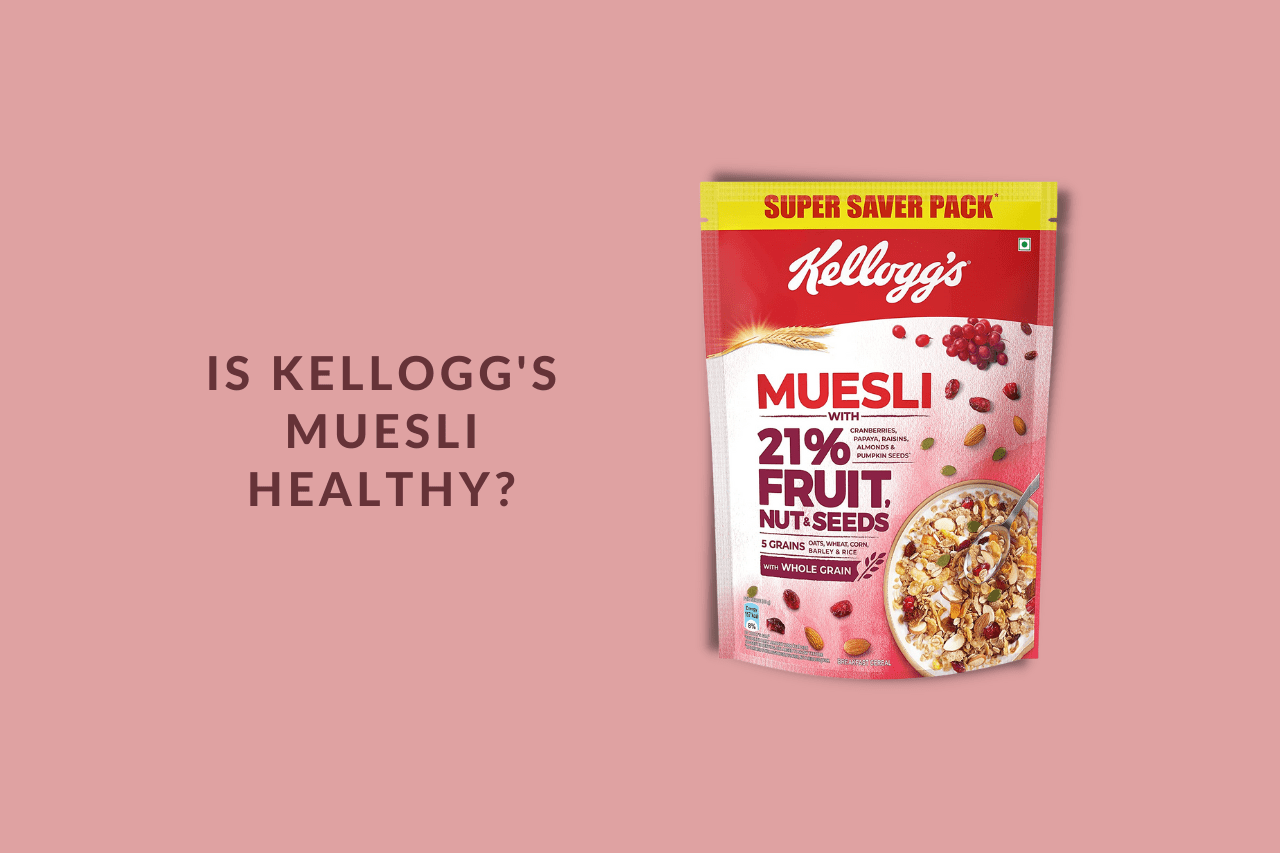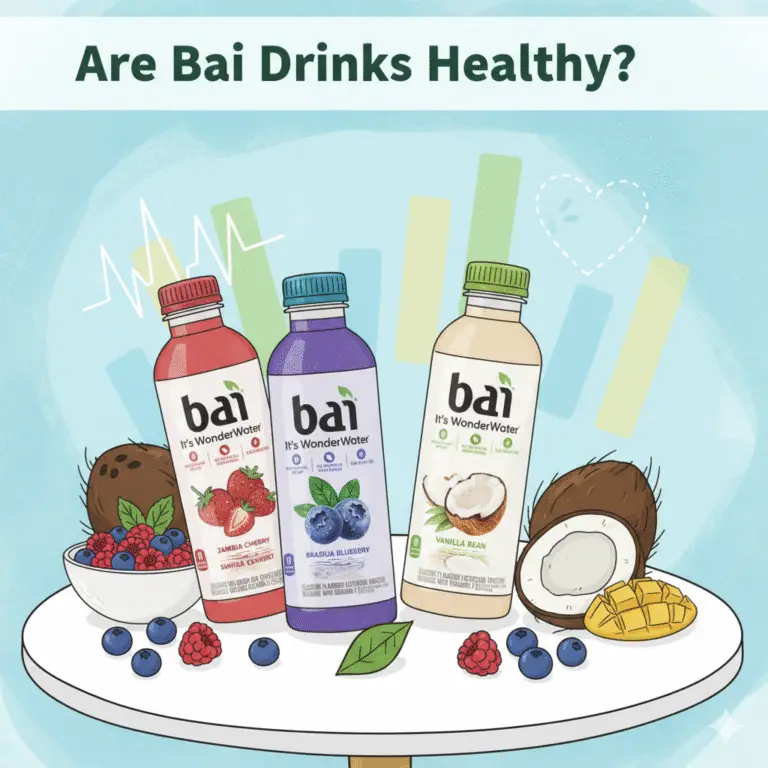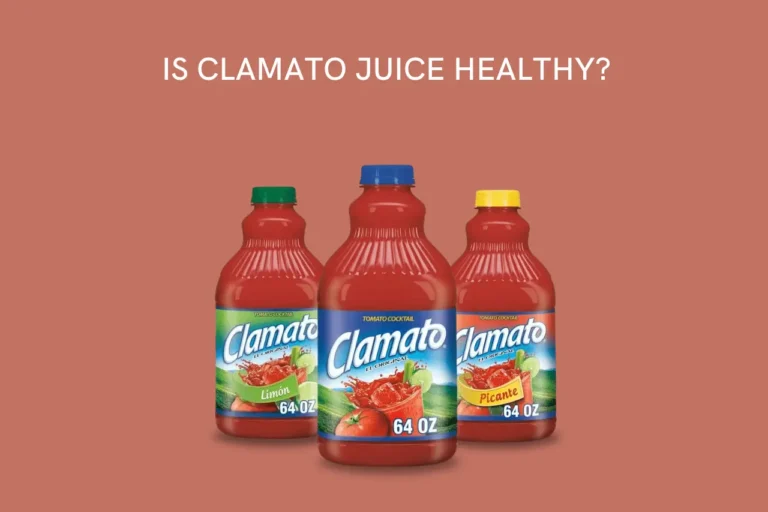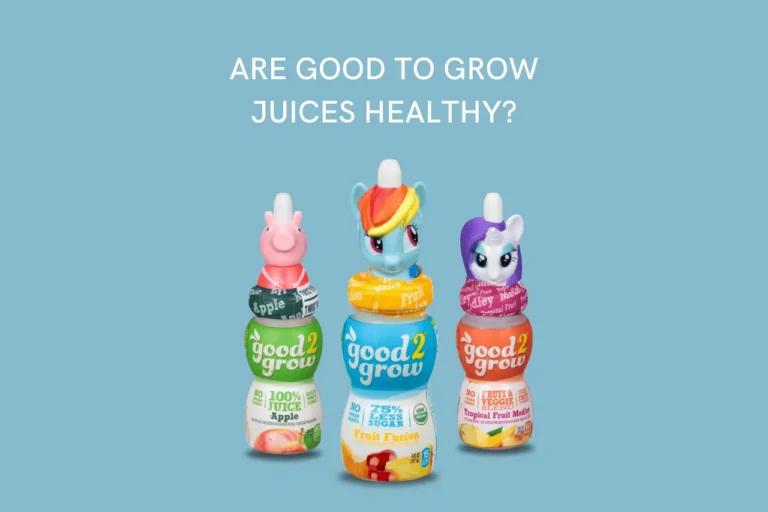Are you a fan of Kellogg’s Muesli?
If so, you must wonder if this popular breakfast option is healthy for you.
Kellogg’s muesli is a delicious multigrain breakfast made with a combination of 5 grains – oats, wheat, barley, corn and rice. It is available in more than five flavors, including a zero added sugar option.
And while Kellogg’s Muesli is often marketed as a nutritious option, is it as healthy as it seems?
Short answer: Despite containing added sugar and having low fiber and protein levels, Kellogg’s muesli can still be considered a healthy breakfast option due to its whole grain content and high vitamin and iron levels.
In this blog post, we’ll take a closer look at the nutrition, ingredients, benefits and downsides of Kellogg’s muesli to determine whether it truly deserves a healthy spot on your breakfast table.
So lets’ begin.
Also read: Is Hershey’s Chocolate Syrup Healthy? Here’s The Truth
Nutritional value of Kellogg’s muesli
A single serving of Kellogg’s muesli(Fruit, Nut & Seeds) contains:
- Calories: 157
- Carbohydrates: 31.6g
- Total sugar: 9.4g
- Added sugar: 6.8g
- Fat: 2.4g
- Protein: 3.2g
- Fiber: 2g
- Iron: 5.6mg
- Sodium: 60mg
It’s also a good source of vitamins such as vitamin C, Vitamin B1(Thiamine), B2(Riboflavin), B3(Niacin), B6(Pyridoxine), B9(Folate), and B12(Cobalamin).
Ingredients in Kellogg’s muesli
Here are the ingredients in Kellogg’s Muesli(Fruit, Nut & Seeds):
- Wheat
- Corn grits
- Rice
- Rolled barley
- Rolled oats
- Candied fruits(Papaya, Cranberry)
- Dry fruits(Almonds, Raisins)
- Seeds(Pumpkin)
- Sugar
- Cereal extract
- Wheat bran
- Iodized salt
- Artificial flavor(coconut)
- Vitamins and minerals
- Antioxidant(INS 320, INS 307b)
The Health benefits of Kellogg’s muesli
1. Available in various flavors
Kellogg’s muesli is available in various flavors, making it an excellent option for those who want to enjoy the benefits of muesli without getting bored of the taste.
These flavors include:
- Fruit, Nut and Seeds
- Fruit and Nut
- Nuts delight
- 0% Added sugar
- Fruit magic
- 100% plant protein
Among these, the Fruit, Nut and Seeds flavor is the most popular and widely consumed.
2. Packed with multiple whole grains
Kellogg’s muesli is made from several whole grains such as wheat, corn grits, rice, rolled barley, rolled oats and Ragi millet.
This makes Kellogg’s muesli a good source of several nutrients.
Studies have shown that a higher intake of whole grains has been associated with a lower risk of chronic diseases such as heart disease and diabetes. In fact, studies have also shown that including whole grains in your diet may help you live longer.
3. Rich in vitamins
Kellogg’s muesli is a blend of whole grains, nuts, and dried fruit, making it a good source of several vitamins.
The amount of vitamins in each flavor(except plant protein and fruit and nut ) is the same.
One 40g serving of Kellogg’s muesli provides:
- Vitamin C(13% of DV)
- Vitamin B1(27% of DV)
- Vitamin B2(30% of DV)
- Vitamin B3(26% of DV)
- Vitamin B6(40% of DV)
- Vitamin B9(6% of DV)
- Vitamin B12(5% of DV)
4. Option of Zero added sugar flavor
If you are trying to cut back on added sugar or looking to lose weight, Kellogg’s 0% added sugar muesli is for you.
Although it contains 5g of sugar per serving, that’s natural from the ingredients used.
5. Good source of Iron
Kellogg’s muesli is a good source of Iron, an essential mineral that helps carry oxygen from the lungs to the rest of the body.
A single 40g serving of Kellogg’s muesli provides 5.6mg of Iron, which is approximately 44% of the daily value(DV) for adults.
The potential drawbacks of Kellogg’s muesli
1. Contain added sugar
The first potential drawback of Kellogg’s muesli is that every flavor(except 0% added sugar) comes with some added sugars. The already present natural sugar and the extra added sugar make Kellogg’s muesli high in total sugar.
While this may not be a problem for everyone, if you are trying to cut back on sugar or lose weight, it may potentially ruin your specific health goals.
However, Kellogg’s muesli comes with a 0% added sugar option but does not contain certain ingredients available in other flavors, such as fruits. So you might have to compromise here.
However, note that the 0% added sugar flavor contains some natural sugar, so consuming it in excess may hinder your weight loss goals.
Here is a quick comparison to help you choose a low-sugar flavor:
| Kellogg’s flavor | Added sugar | Total sugar |
|---|---|---|
| Fruit, Nut and Seeds | 6.8g | 9.5g |
| Fruit and Nut | 2.5g | 2.5g |
| Nuts delight | 4.2g | 8.6g |
| 0% Added sugar | 0g | 0g |
| Fruit magic | 8.4g | 12.8g |
| 100% plant protein | 6g | 8g |
2. Low protein and fiber content
Kellogg’s muesli is no doubt a good source of vitamins. However, the level of macronutrients such as protein and fiber is relatively low.
For instance, a serving of the Fruits, Nuts & Seeds flavor has 2g of fiber and 3.2g of protein, while the Nuts delight flavor has 2.4g of fiber and 3.3g of protein.
Due to Kellogg’s muesli’s low protein and fiber content, you might only feel full for a short time after eating it for breakfast.
If you want more protein, you can go with Kellogg’s 100% plant protein muesli which provides 5.6g of protein per serving, but it has refined wheat flour or maida as the ingredient.
3. Presence of artificial flavor
Kellogg’s muesli uses artificial flavoring(coconut) among its flavors.
While artificial flavors are not necessarily bad for you, they can be a turn-off for some people.
4. Not gluten-free
Another downside of Kellogg’s muesli is that it is not gluten-free, as
all of it’s flavors use wheat as the main ingredient, which is a source of gluten. This can be a problem for individuals who are sensitive to gluten or have celiac disease.
Is Kellogg’s muesli good for weight loss?
Kellogg’s muesli is a good breakfast option for weight loss, but only if you choose the 0% added sugar flavor. All other flavors come with added sugar.
However, note that the 0% added sugar flavor contains natural sugar, so it is still important to consume it in moderation.
Final words: Is Kellogg’s muesli healthy?
Kellogg’s muesli contain added sugar and is in low fiber and protein content, but it is even then a healthy option as it is made with whole grains, is rich in vitamins and is good source of Iron.
If sugar is the issue, it can be solved by choosing the “0% added sugar” flavor. Additionally, the protein content of Kellogg’s muesli can be increased by consuming it with milk.
While it has low fiber content, It is still healthier than many other highly processed breakfast options such as cornflakes and chocos.
So, does Kellogg’s muesli deserve a healthy spot on your breakfast table? Yes, especially when you choose the “0% added sugar flavor”. However, it is still important to keep you consumption in moderation.
Found this information helpful? Share it.
Here are a few other posts that might be helpful for you:
- Saffola Oats vs Quaker Oats: Which One Is Better Choice?
- Is Saffola Masala Oats Healthy? A Detailed Breakdown
- Is Atta Maggi Healthy? Find Out The Truth!
- The Truth About Chocos: Is It Really Good For Your Health?
FAQs
Kellogg’s muesli(0% added sugar) is good for diabetes as it does not contain added sugar, is packed with whole grains and is good source of vitamins.
Yes, you can eat Kellogg’s muesli everyday as your go-to breakfast option.
Kellogg’s muesli “0% added sugar” is the best flavor overall as it has no added sugar and artificial flavor.
0% Added Sugar” Kellogg’s muesli is the best flavor for weight loss because it does not contain any added sugar. Another good option is the “Fruit and Nut” flavor, which has a relatively low amount of added sugar at 2.5g per serving
Kellogg’s muesli “Fruit and Nut” is a healthy breakfast option because it is made with 5 whole grains, includes fruits and nuts, and has a good balance of vitamins. Additionally, it has a minimal amount of added sugar.
Yes, you can eat Kellogg’s muesli without milk. You can eat it by itself or with a liquid such as juice, or non-dairy milk.






